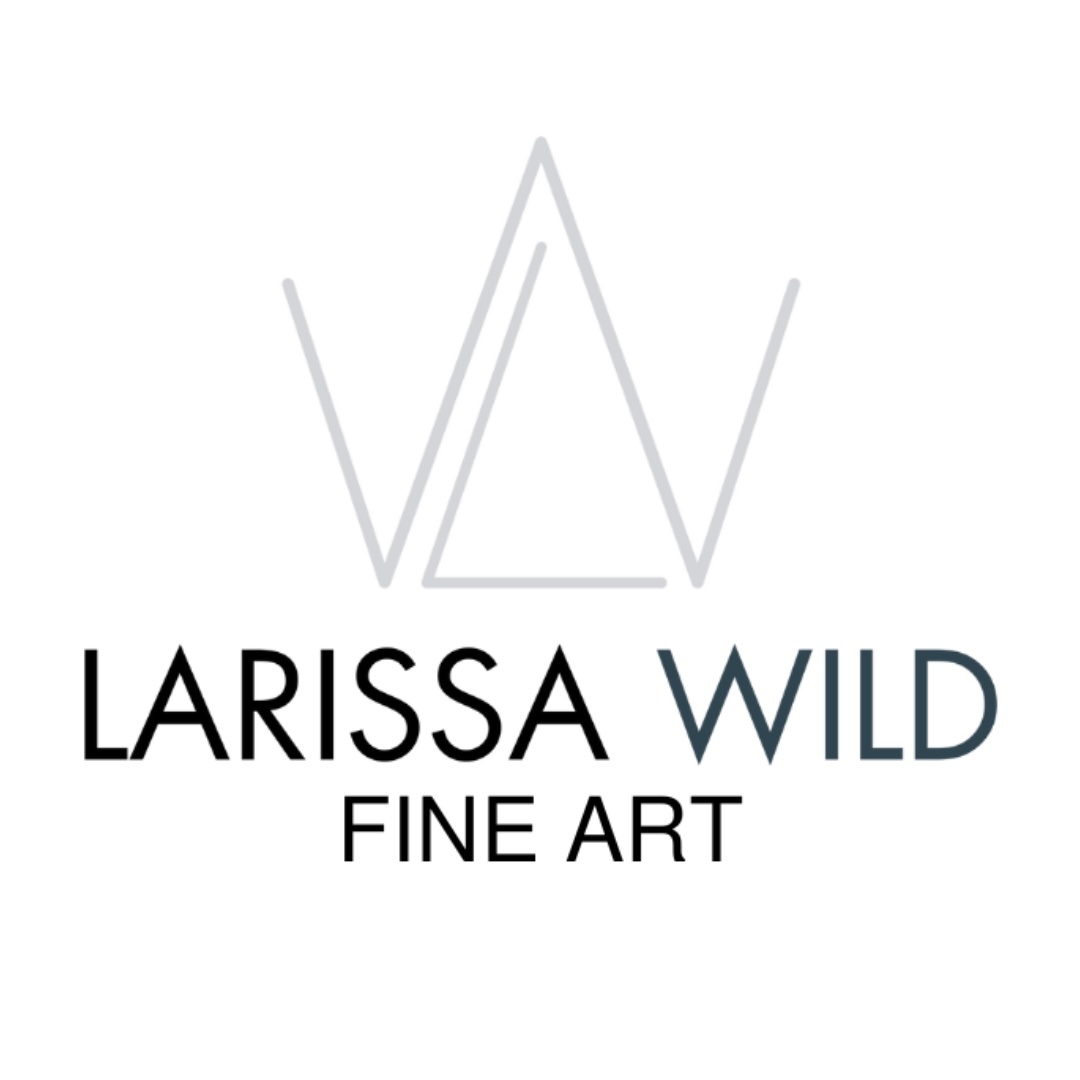Photo credit: Beau Ryan Hanley
I was recently asked to answer questions for an article with Artsy on insuring artwork by writer Maxwell Rabb. The questions prompted me to write this blog to help collectors understand insuring art from an appraisers perspective.
Insuring Your Art Collection: What Every Collector Should Know
For many collectors, the excitement of acquiring a new artwork is quickly followed by practical questions—chief among them, how to properly insure it. As both a gallery owner and an appraiser, I see frequent misconceptions about insurance and fine art coverage that can have lasting consequences. Here’s what every collector should understand when it comes to protecting their investment.
The Biggest Misconceptions About Art Insurance
One of the most common misunderstandings is the belief that a standard homeowner’s insurance policy automatically provides adequate coverage for fine art. While some policies do include limited protection, they often cap payouts per item and rarely reflect the true replacement cost of the artwork.
Collectors also often assume that a gallery receipt alone is sufficient documentation for insurance purposes. In reality, once the value surpasses a certain threshold, most insurance companies require a formal appraisal from an independent appraiser—not just a gallery invoice or opinion.
As a gallery owner, I cannot ethically appraise works I have sold within a three-year period due to a conflict of interest. When a client of mine needs an appraisal during that time—or even later—I refer them to a qualified independent appraiser to ensure impartiality and compliance with professional standards.
It’s also crucial to understand the difference between replacement value and fair market value. Replacement value reflects what it would cost to replace a work with another of similar kind and quality, and is used for insurance purposes. Fair market value, on the other hand, represents what a willing buyer and seller would agree upon under normal market conditions—used for estate, donation, or resale purposes. These are not interchangeable figures.
Finally, remember that art values shift over time. Most insurers recommend updating appraisals every five years, though policies vary. Be cautious of “one-page appraisals” that overstate replacement values—these can lead to inflated premiums and complications during claims.
The Importance of Documentation and Appraisal
Proper documentation is the backbone of responsible collecting. I maintain detailed records for every work acquired through my gallery—including provenance, sale price, artist details, and condition notes—so that clients have a clear, traceable paper trail.
For larger collections, I often create secure, cloud-based collection management portfolios that clients can access and update as works move between properties or are newly acquired or sold.
For those without formal software, even a simple spreadsheet or organized file of receipts and provenance materials is invaluable. Documentation establishes both ownership and value, which are essential in the event of damage, theft, or loss. Without it, collectors risk being underinsured or unable to substantiate a claim.
Photo credit: Beau Ryan Hanley
Choosing the Right Type of Policy
The ideal insurance setup depends on the collector’s circumstances and the nature of their collection. For first-time buyers or those with a small number of works, adding a fine art rider to an existing homeowner’s policy can be an affordable and effective option.
As collections grow in size or value—or include fragile or high-risk pieces—a standalone fine art policy becomes preferable. These policies generally offer more comprehensive coverage, protecting against risks that standard policies often exclude, such as accidental damage, transit loss, or environmental issues like humidity or temperature fluctuations.
When comparing policies, always read the fine print. Not all insurers cover the perils most hazardous to art, including water leaks, mold, or mishandling during installation or relocation.
When to Insure
Art should be insured the moment it leaves the gallery. Even a single piece of modest value can hold deep personal significance and be difficult to replace. As a general rule, once a work exceeds a few thousand dollars in replacement value—or simply holds emotional or cultural importance—it deserves coverage.
Insurance isn’t just about financial protection; it’s about peace of mind.
Essential Advice for First-Time Collectors
First, document everything. Keep receipts, provenance details, condition reports, and images of each work. Second, insure the piece right away—before it’s installed or transported. Even the most careful handling can’t protect against every eventuality.
Lastly, understand that an appraisal isn’t a mere formality. It’s a safeguard that ensures your coverage accurately reflects the current market and protects your investment should the unexpected occur.
Final Thoughts
Art collecting is as much about stewardship as it is about passion. Proper insurance, documentation, and ethical appraisal practices not only protect financial value but also preserve cultural and emotional worth. In a constantly evolving market, staying proactive about coverage ensures your collection—and your peace of mind—remain secure.
Photo credit: Beau Ryan Hanley
If you are looking for a qualified appraiser for works acquired outside of Larissa Wild Fine Art, we would love to help you. If you have acquired the works through us, we recommend using a qualified appraiser with accreditation with the International Society of Appraisers (ISA), Appraisers Association of America (AAA), or the American Society of Appraisers (ASA).
